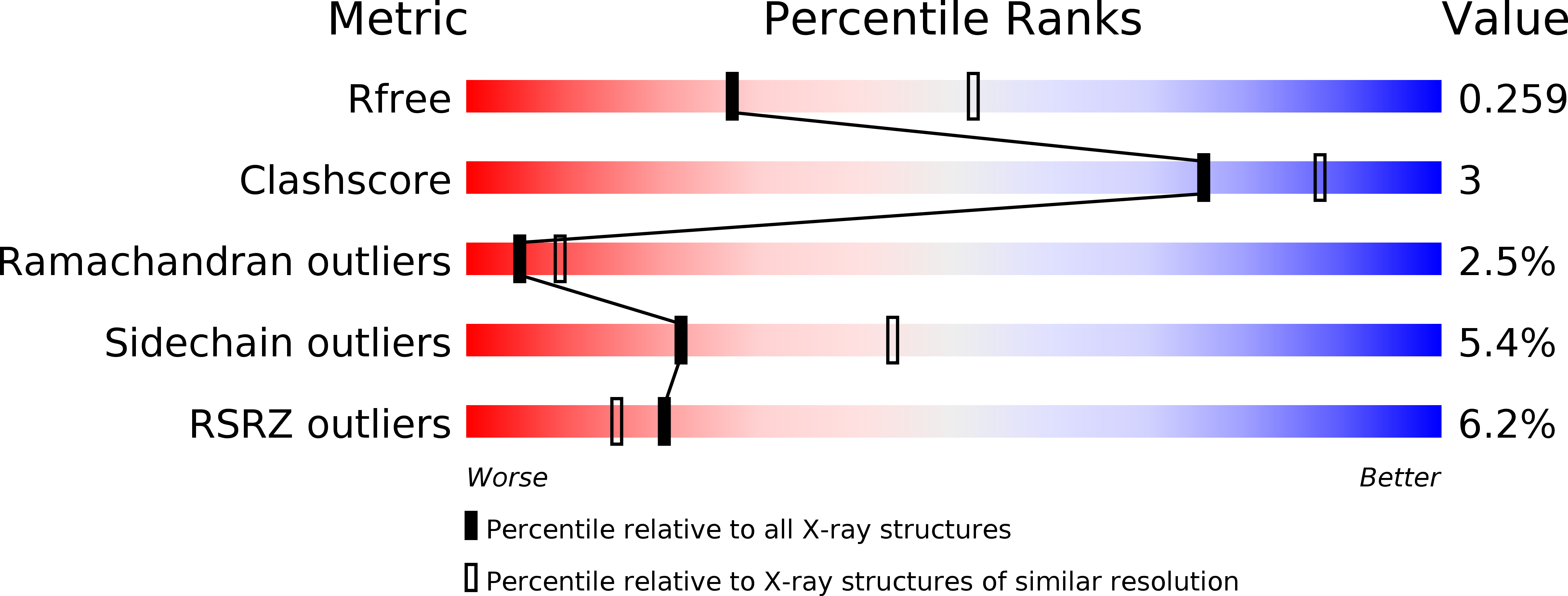
Deposition Date
2015-09-16
Release Date
2016-07-27
Last Version Date
2024-10-16
Entry Detail
PDB ID:
5DS3
Keywords:
Title:
Crystal structure of constitutively active PARP-1
Biological Source:
Source Organism:
Homo sapiens (Taxon ID: 9606)
Host Organism:
Method Details:
Experimental Method:
Resolution:
2.60 Å
R-Value Free:
0.25
R-Value Work:
0.19
R-Value Observed:
0.20
Space Group:
P 61 2 2


